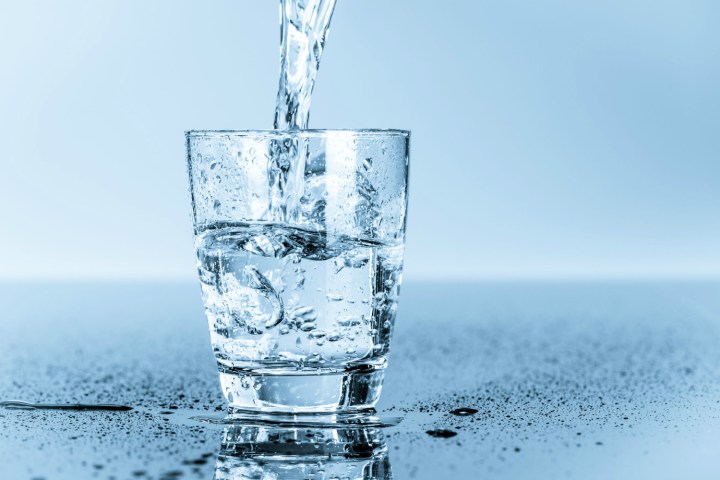
As it stands, around 1.2 billion people around the world do not have access to clean drinking water, but making use of readily available seawater could be a viable fix. However, “Current desalination methods are energy intensive and produce adverse environmental impact,” wrote Ram Devanathan a researcher at the Energy and Environment Directorate at Pacific Northwest National Laboratory. “Furthermore, energy production consumes large quantities of water and creates wastewater that needs to be treated with further energy input.” A membrane, however, could address these issues.
In essence, the graphene membrane is a sieve that allows certain molecules to go through, while keeping others out. The membrane was created by modifying graphene oxide membranes and the result is a filter that effectively filters out the salt from otherwise impure drinking water.
“Our dream is to create a smart membrane that combines high flow rates, high efficiency, long lifetime, self-healing, and eliminates bio and inorganic fouling in order to provide clean water solutions for the many parts of the world where clean water is scarce,” Mauricio Terrones, a professor of physics, chemistry, and materials science and engineering at Penn State, said. “This work is taking us in that direction.”
In initial tests, scientists found that their membrane was capable of keeping out 85 percent of salt, and while that is not quite pure enough for drinking purposes, it is good enough for agricultural use. Similarly, the membrane was capable of keeping out 96 percent of dye molecules, which are extremely polluting.
The team is not quite done, however. Further research is needed to ensure that this new membrane is a scalable solution and is inexpensive enough to be used by those who need it the most.


